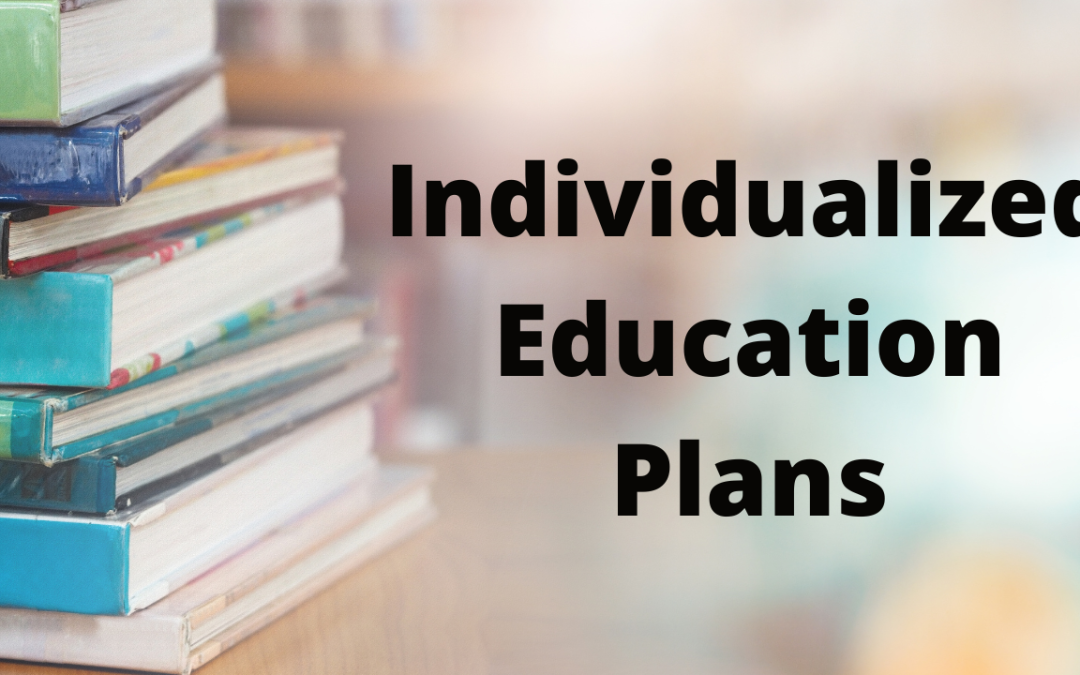With teaching methods being re-evaluated nearly every day, many teachers have been focusing on more individualized education for kids. We are all realizing how “cookie-cutter” a lot of older teaching methods became, and how most children don’t learn that way. With the introduction of IEP, or Individualized Education Plan, these can help hyper-focus a well-thought out teaching plan to truly help every child learn.
How IEP Works
Even when a teacher is trying their hardest to reach each individual child and finding the way they prefer learning, kids can still fall behind. With IEPs, you as a teacher can pinpoint where your child is falling behind in certain subjects, and how you can better reach them and help them learn the information. It’s designed to help bring them back up to speed in the classroom, basically, and to set them up for success for the following school year as well.
If a student doesn’t necessarily gain any speed on their learning by the end of the school year, they can carry their Individualized Education Plans over to the next year and work towards the same goals until they are reached. These IEPs can also help discover any physical or emotional barriers a child may be facing that’s making it more difficult to learn, and then can help parents and teachers reach them better. An IEP also determines a Present Level of Performance (PLOP), which helps figure out what a kid’s learning is at the moment, and if any, any learning deficits they may be facing and how to address them. It may also be known as PLP, PLEP, or PLAAFP.
Seeing Progress
If your children are in a public school and have an IEP, they will get yearly updates on their progress and how they’ve progressed or regressed. There are IEP goal trackers that you can utilize as a parent to help your child along in the learning process. And if you home school your children, Individualized Education Plans can make a great framework for you as a new homeschool teacher to better set up your child for success. You can use it as an outline to make sure you’re thinking about how your child learns, what may hinder them either socially or individually, and how best to reach them and help them learn.
Understanding and using Individualized Education Plans can help you and your child, no matter the capacity, to better understand how your child learns and finding the best way to set them up for success.
Katie Kyzivat
